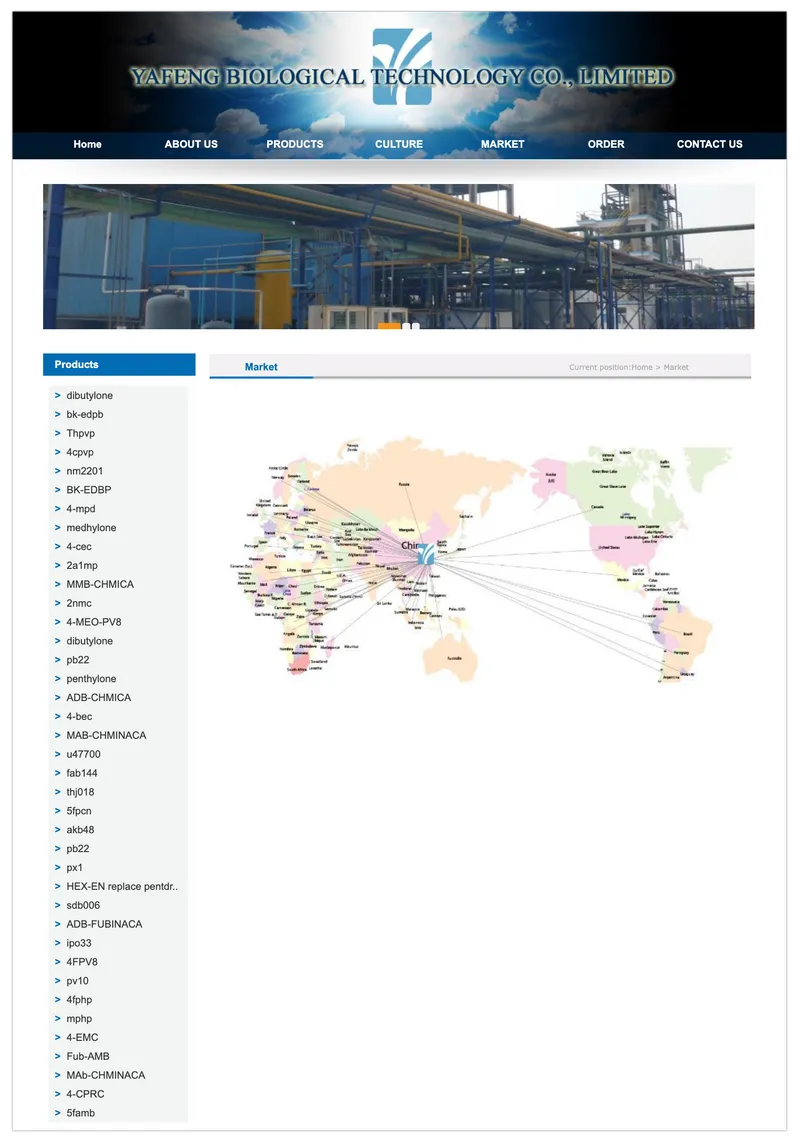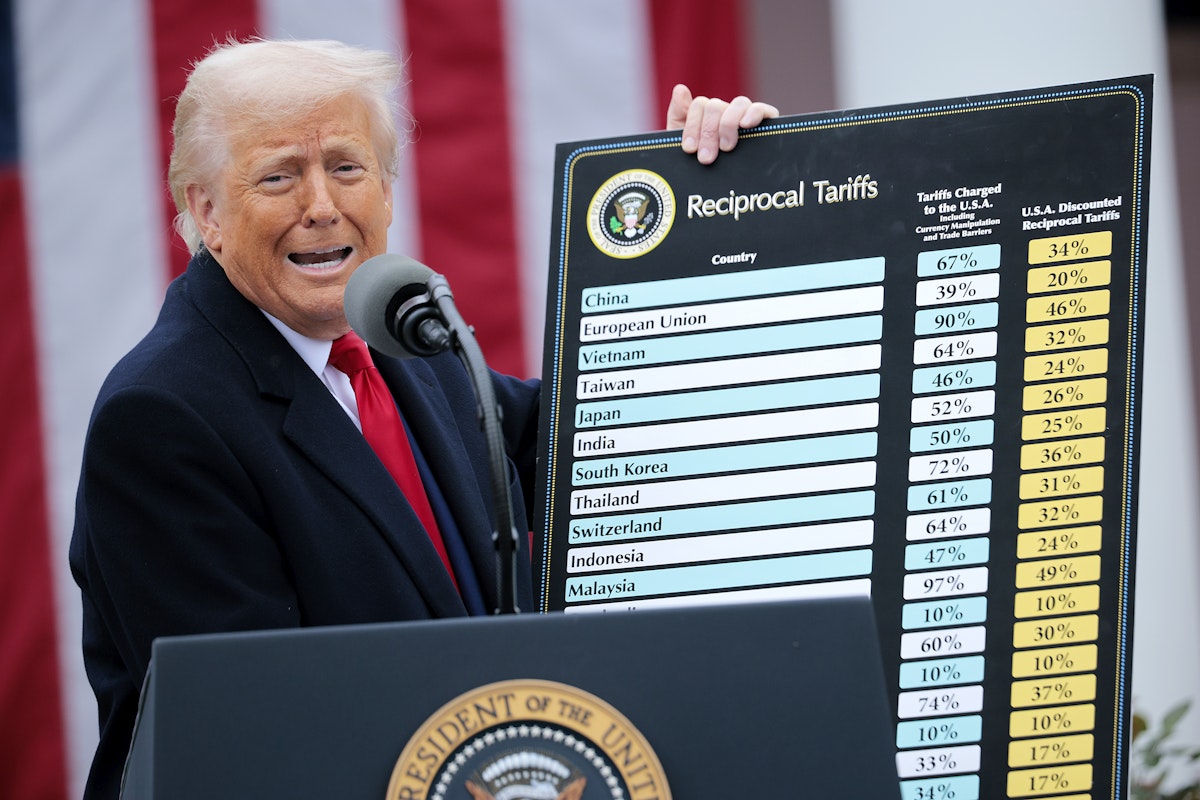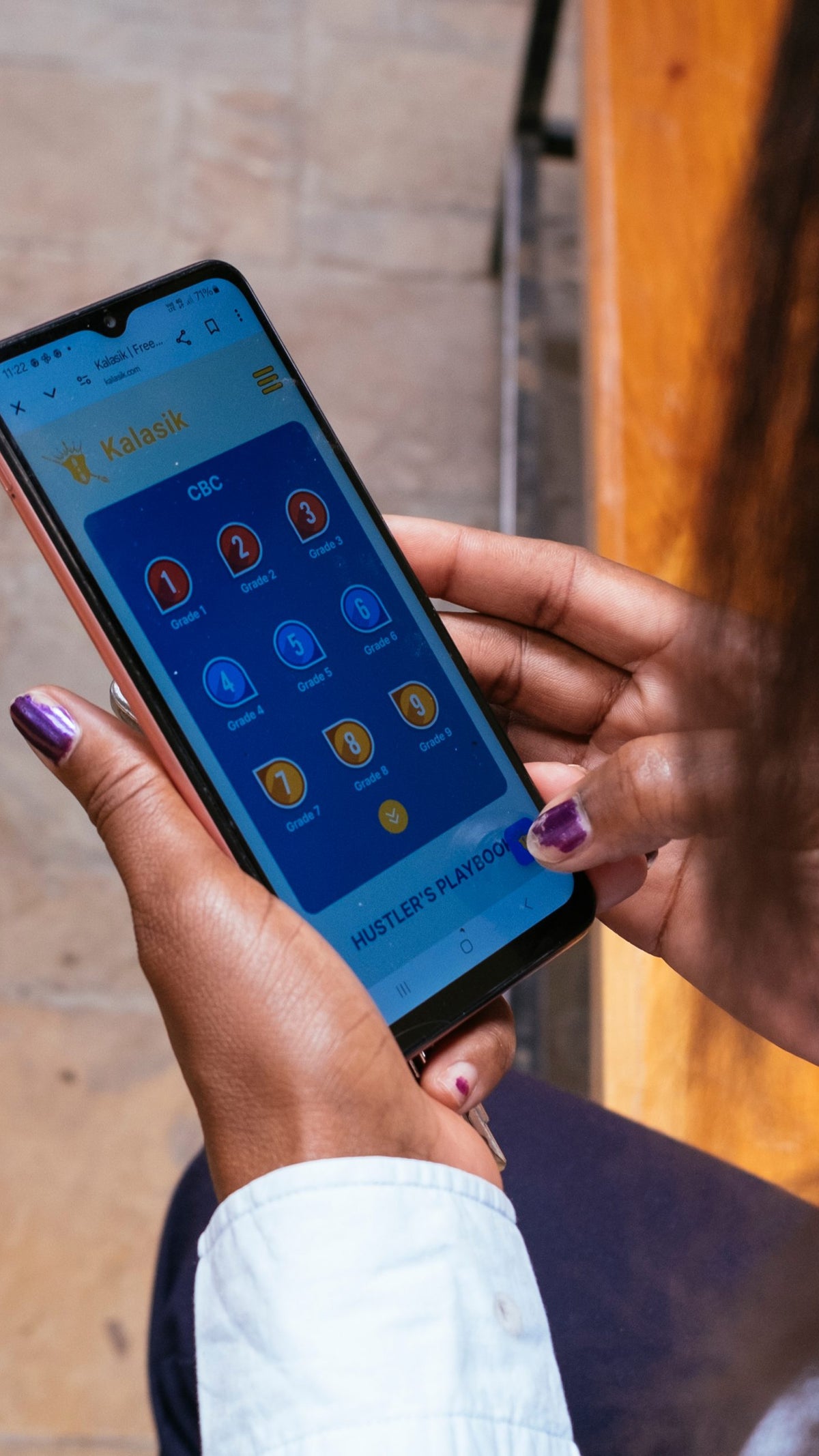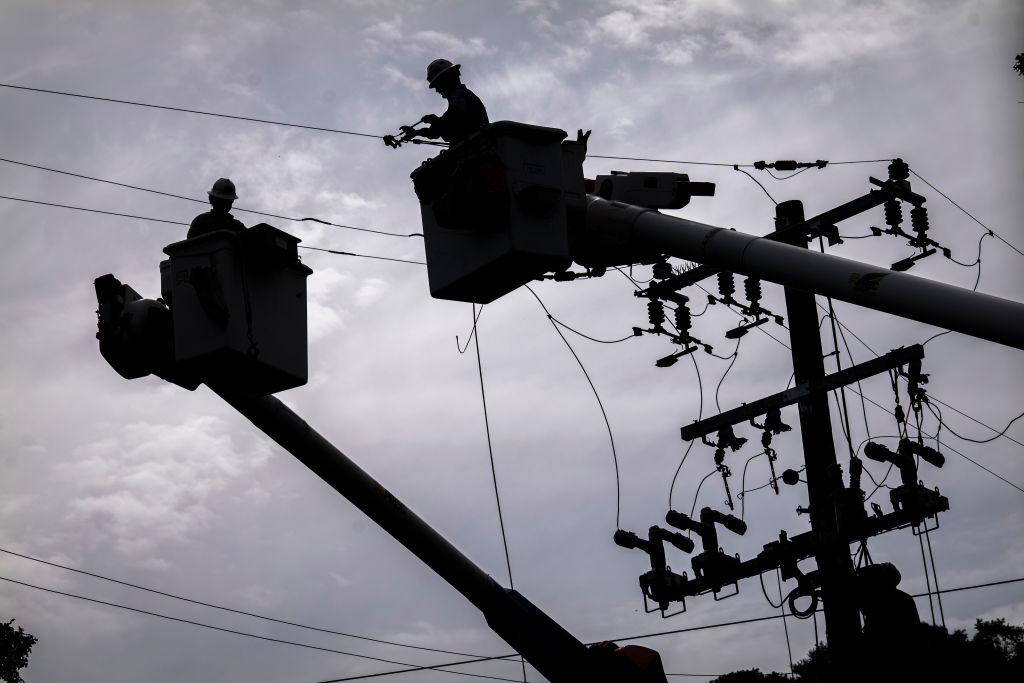
Fentanyl Pipeline: How a Chinese Prison Helped Fuel a Deadly Drug Crisis in the United States
April 23, 2025
“Madness”: Trump Tariff Lunacy Suddenly Darkens Amid Brutal Poll Drop
April 23, 2025Sylvia Osewe, an elementary school teacher in the Nairobi area, loves seeing her students learn and grow. But at one time early in her career, she nearly quit.
“I had about 90 students in my class [in 2008]. I had to write all the lesson plans, teach the students, mark their books, write lesson notes, and update record work,” she told Rest of World. The ideal class size is 40 students, according to the Kenyan education department. “I wanted to quit; it was very difficult.”
Kenya faces a severe teacher shortage in its public school system. It currently lacks 98,261 teachers and large class sizes are the norm in some regions, including Nairobi. The educators have limited resources and little to no technological support. The situation has led to burnout and high dropout rates. About 44 teachers exited the profession every day in 2022, according to the Teachers Service Commission, a government agency.
Fortunately for her school, Osewe didn’t quit. But her workload at Oloosirkon Primary in Kajiado county, where she teaches up to 200 students every day, remained high. She would spend hours every evening crafting lesson plans.
That eased in 2023, when the Kenyan nonprofit Kalasik showed Oloosirkon teachers how to use an artificial intelligence chatbot that uses a model by Open AI, the maker of ChatGPT.
These days, Osewe uses the bot to plan lessons in English, social studies, and Christian religious education just 30 minutes before class. She cross-checks the lesson with the textbook to ensure it aligns with the curriculum. She even generates quizzes to assess her students after the lesson. If the students find the material challenging, she prompts the AI to suggest a simpler way to teach it.
“Since I started using Kalasik, I have more time,” Osewe, 48, said. “The time I used to spend writing lesson plans can now be used to attend to the children. I can do more things; it has eased my burden.”
Osewe is among a handful of Kenyan teachers who are experimenting with AI technologies, especially ones layered on OpenAI’s models. The startups creating these software and services, broadly called “edtech,” promise to eliminate repetitive tasks so teachers can focus on mentoring students.
But AI edtech has not reached many teachers in Kenya. That’s because most schools in the country are not connected to the internet, Bushnell Peter, who trains teachers in technology at the Teachers Service Commission, told Rest of World. In 2024, just 35% of 1,000 schools surveyed in 10 counties by the nonprofit Elimu Yetu Coalition had working internet connections. Most teachers buy data packages for their mobile phones, at 99 Kenyan shillings (77 cents) for 1 GB of data, and access the tools there.
“For those who lack frequent internet access, AI is an idea far from being a doable solution,” Peter said. “AI applications need a stable network, but data bundles remain unaffordable to many educators.”
Peter Mose, 28, a computer science teacher at St. Paul’s Miluki Secondary School in Bungoma county, taught himself to use ChatGPT. He generates additional material for lessons and solves mathematical problems. He finds the AI inaccurate at times, so he checks the results carefully.
“I think of AI as a calculator that can do anything for me,” he said.
Osewe, too, says she uses the Kalasik chatbot cautiously. “AI is a good tool; it makes work easier. We cannot, however, rely on it 100% because it cannot take the place of a human teacher,” she said.

AI edtech can lead to standardized lessons, and it may dull the teaching approaches taken by more creative teachers, Wayne Holmes, professor of AI and education at University College London and a researcher for UNESCO on the ethics of AI in education, told Rest of World. Generative AI models are also known to hallucinate and provide wrong responses, and their behavior can sometimes be difficult to control, he said.
“If I was a head teacher for school, I would not be happy with that [OpenAI] setup, because I don’t trust it at all,” he said. “What these tools are designed to do is to get stuff into the students’ heads, mainly so the students can pass exams. But that’s not what education is about.”
OpenAI’s CEO Sam Altman has said that schools should use ChatGPT, as it is a more effective and engaging teacher than a regular tutor.
The Kalasik chatbot, which uses an older-generation OpenAI model, is supposed to deliver content using only Kenyan curricula textbooks and approved websites, Parth Savla, chief technology officer at Kalasik, told Rest of World. But there is some “spillage,” as the chatbot sometimes strays into the broader internet, though the team is trying to solve this, Savla said.
“It’s a resource-intensive process to train a model, but we tried our best with the resources that we had. We’re still trying to improve it daily, but it is a slow process as of now,” Sukhman Singh Grewal, CEO of Kalasik, told Rest of World.

Kalasik
Kalasik, which is free to use, has been deployed in two public schools, and has been tried by 34,000 teachers, parents, and students, Grewal said. One 12-year-old at Oloosirkon uses it to write essays. The student prompts the AI to generate content, which he incorporates into his own writing, he told Rest of World.
“Since the Kalasik team visited our school last year and trained us on how to use the app, learning has become enjoyable,” he said. Rest of World is withholding his identity, as some schools don’t view AI-assisted learning favorably.
His teacher, Osewe, worries that students who have access to Kalasik and other AI tools at home have an unfair advantage over the majority of students who don’t. “It makes me feel like I am biased when other students are not able to use the same advantage,” Osewe said.
In eastern Kenya, Esther Tabitha, a primary school teacher at Kivanake Comprehensive School, recently tested an AI app called Nyansapo Teaching that evaluates students on their reading fluency, so teachers don’t have to. “We were able to know children who could only read letters, those who could read words, and those who were able to read paragraphs,” Tabitha recalled. She said she would use the app again, given the chance.
Kenyan startup Nyansapo AI built the app using an OpenAI speech-recognition model fine-tuned to recognize the Kenyan accent, Edward Moore, the chief technology officer of Nyansapo, told Rest of World. It has more than 100 downloads in the Google Play store and has been tried by more than 800 teachers, according to the startup.
As more teachers experiment with AI-driven teaching tools, the Kenyan government is laying the groundwork for broader adoption. In March, it launched the Kenya National Artificial Intelligence Strategy 2025–2030 to integrate AI across various sectors, including education. The government also aims to connect all schools to the internet by 2030.
But the rising focus on technology could prove a costly distraction from root causes of the overburdened educational system, Holmes of University College London said. If the money being invested in edtech globally could go toward schools instead, it would make education accessible to all children, he said.
“But it’s not sexy to say, ‘We need more teachers.’ It’s not sexy to say, ‘Hey, we need better buildings.’ What is sexy and exciting are these ‘amazing’ tools,” he said.

The lack of basic resources was on display at Oloosirkon recently when the head teacher showed off the school’s computer lab. A single desktop computer from the early aughts sat on a table, covered by a red Maasai blanket.
The school has more, the head teacher assured, as an assistant brought her a key. She unlocked a wall cupboard and showed off six dated desktops stored inside.
These are too few to serve the school’s 1,015 students, she said. So, they are locked up and seldom used.
#Kenyas #solution #teacher #shortage #Embrace
Thanks to the Team @ Rest of World – Source link & Great Job Stephanie Wangari








